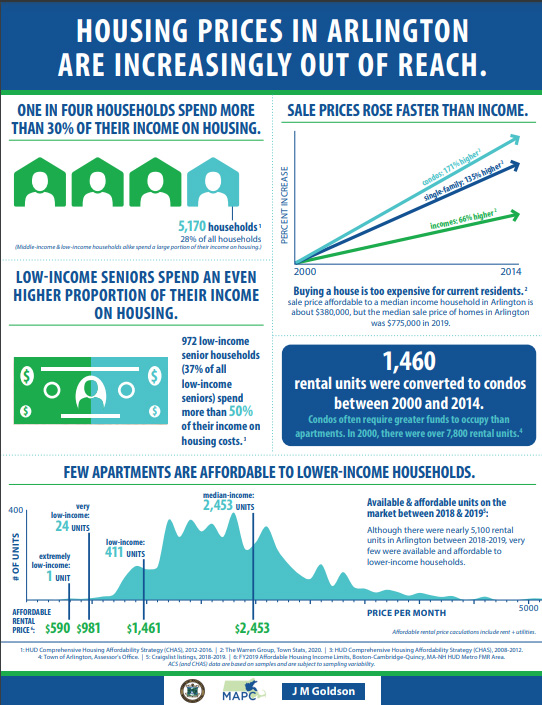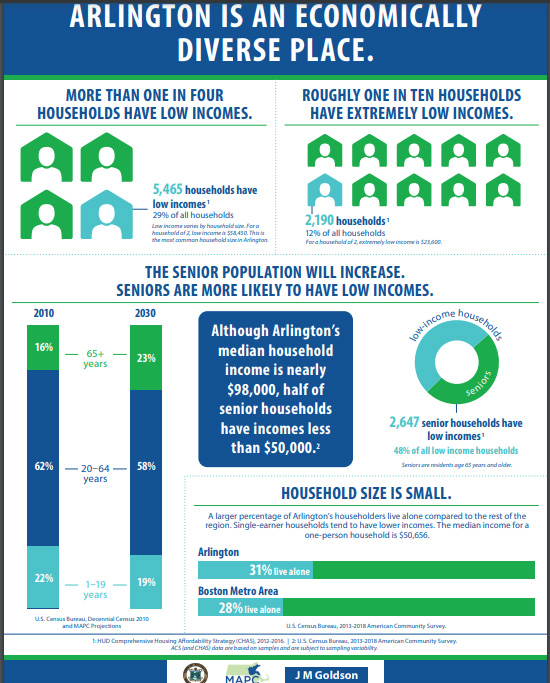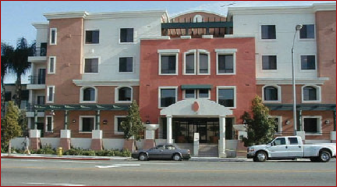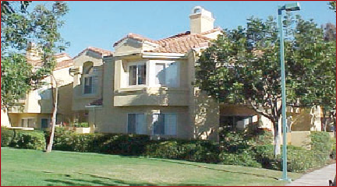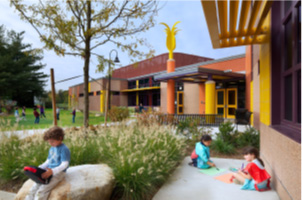Jennifer Susse authored this letter on January 20, 2020. Ms. Susse is a member of the Arlington School Committee and a Town Meeting Member. She closely follows the costs and demographic trends of school enrollment and of Town finances.

I write in support of efforts to increase housing in Arlington, both as a resident and as a member of the School Committee. I support these efforts not in spite of their potential effects on our schools, but because of their potential effects on both schools and town.
I have often spoken to the community about our rapid enrollment growth — over 2,000 students added in the last 25 years, 60 percent of those in the last 10 years. Because of these large enrollment increases the Arlington Public Schools have had to add capacity, which the town has generously supported. So how can I be in favor of adding more housing to Arlington, and thus potentially adding even more students to our already stressed school facilities?
Losing diversity
I will get to the capacity issue in a bit, but first I want to point out that in the last 30 years Arlington has lost both economic and generational diversity. The story about the loss of economic diversity is well known; the loss of generational diversity less so.
Between 1990 and 2010, the percentage of residents between 20 and 34 dropped from 28 percent to 17 percent. During that same period, the population over 65 dropped from 18 percent to 16 percent. What replaced these demographic groups were primarily residents between the ages of 35 and 54 and 0 and 14. In other words, mostly families with school-aged children. The loss of both types of diversity weakens the fabric of our community. However, the loss of generational diversity also weakens the town’s finances.
The average cost to the town of an additional student is about $8,500, a number that includes what’s known as the Enrollment Growth Factor (the amount that the town gives to the schools for each additional student in the system, currently at 50 percent of the per pupil cost of the preceding year, or $7,297), as well as the average cost of the benefits that the town pays for new hires.
What this means is that during the time a household has children in the school system, it is likely receiving more in benefits than it pays in taxes. For the town’s finances to work, we also need people who do not have children to live and pay taxes in Arlington, including young adults and older adults for whom Arlington is becoming less affordable because of condo conversions, teardowns, etc.
Overcrowded classrooms
But what about our overcrowded classrooms? The answer is that given the type of housing likely to be created on the main corridors, and the timing of that housing construction, I am not worried about further stresses to our school facilities.
By the time new housing is built, our elementary-aged population will likely be in modest decline. Five to 10 years out we expect to see enrollment stabilize at the middle and high school levels as well. That does not mean that we will have tons of extra space; just that we will no longer be in danger of taking over art, music, and literacy rooms for general classroom use.
Enrollment projections made by Dr. Jerome McKibbin in 2015 have so far been fairly accurate. His revised projections show that, without additional housing, we are expected to have 350 fewer elementary-aged students in the Arlington Public Schools 12 years from now than we have today.
The discussion about housing in Arlington reminds me of the discussion a few years ago over the Affordable Care Act. At that time, there was a lot of anxiety about potential changes to the health-care system, but insufficient appreciation (in my opinion) of the then current trends.
Zoning changes
Any discussion of zoning changes in Arlington must take an honest look at where we are now, and the direction we are headed in if there were no zoning changes. Our current trends have us losing natural affordability and economic and demographic diversity because of teardowns, condo conversions and sharp price increases. We don’t have the option to freeze Arlington as we know it today (or 10 years ago) in place.
In closing, I would like to say that I am proud of our excellent schools and strongly believe that families who have recently moved to Arlington have strengthened our community, but I do not want Arlington to become a place where people move in with toddlers and move out soon as their children graduate from high school. The current trends have us losing both economic and generational diversity, which threatens not only our community and civic life, but our financial health as well. Adding more and diverse housing can help.

